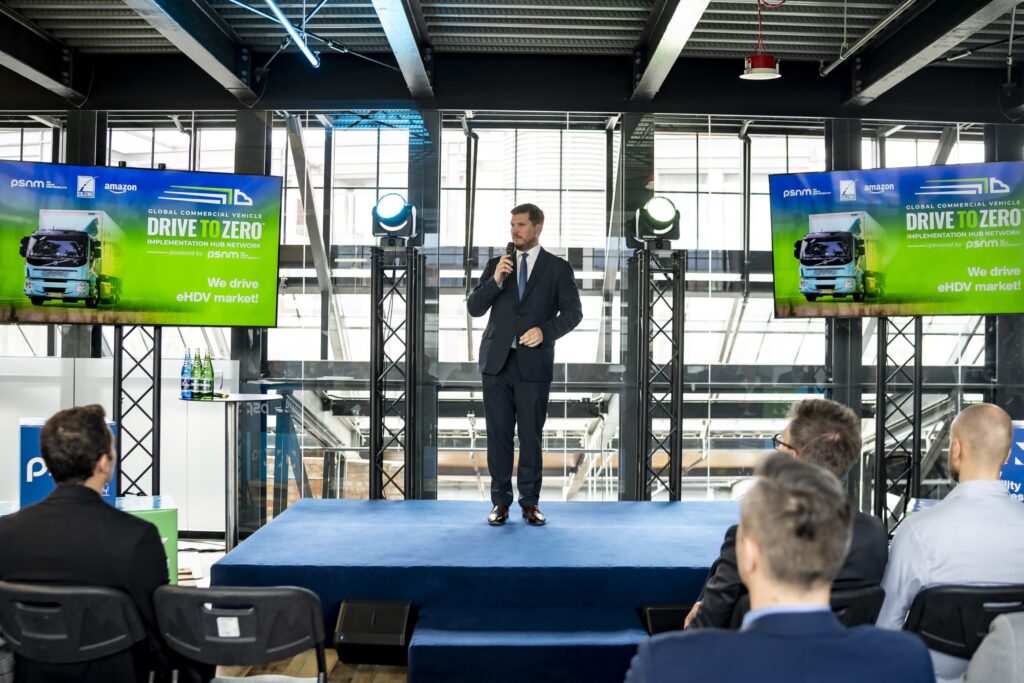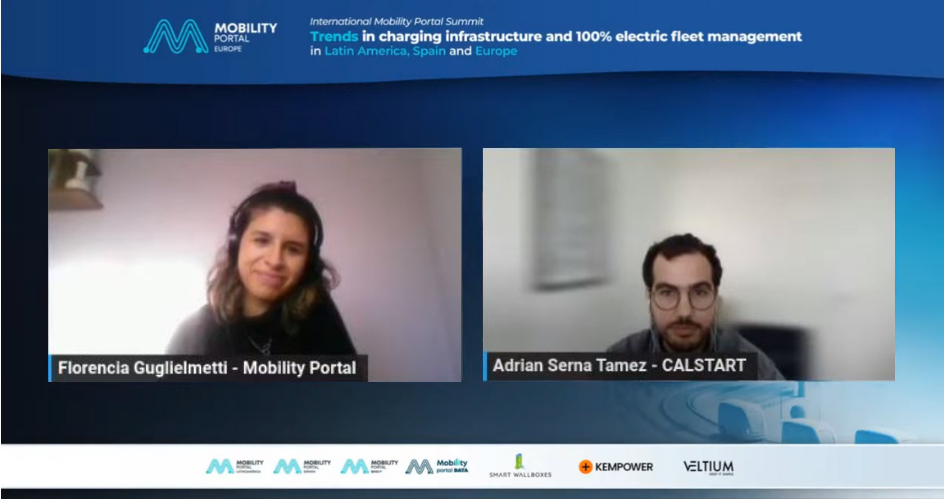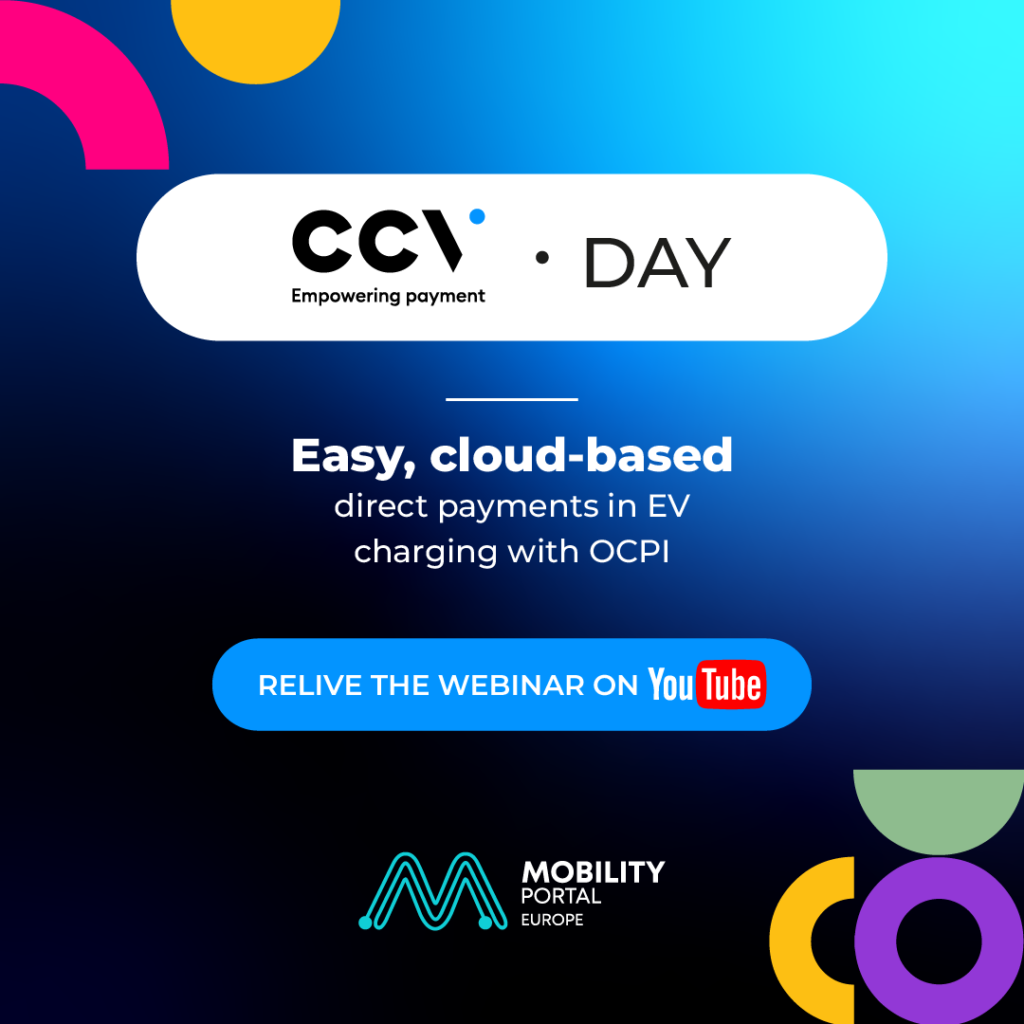To accelerate the transition to the electrification of Heavy-Duty Vehicles (HDV), it is necessary to define parameters to evaluate which charging points for these units.
What issues need to be taken into account?
During the International Mobility Portal Summit, organized by Mobility Portal Europe, Adrian Serna Tamez, Global Program Manager at CALSTART, answers this question.
“The Total Cost of Ownership (TCO) is the most important indicator,” he acknowledges.

And he adds: “However, one must consider the operational benefits that new technologies can bring, especially to small and medium-sized enterprises.”
The value of TCO enables an analysis that allows, in this case, comparing different charging infrastructure options, optimizing investment, planning business budgets, and making informed decisions to adapt to needs.
That is to say, through such an index, executives are able to evaluate the values that comprise the placement of charging devices for HDVs, such as initial, operational, and end-of-life costs.
However, is TCO sufficient to determine the feasibility of the equipment?
In addition to this parameter, the operational benefits of these technologies compared to conventional ones must be considered, which facilitate a demonstration of how companies competitive advantage will improve.
For example, the reduction of downtimes in fleet operations due to maintenance reductions, or the increase in value provided to customers by for example using user-friendly interfaces in charging stations contribute to the competitiveness of a company
“In this way, companies can recognize the value of transitioning to sustainable technologies by increasing their competitiveness. Even better if these benefits can be quantified,” the program manager states.
From an economic perspective, the electrification of truck fleets would bring savings in fuel costs, lower maintenance expenses, and improve corporate image, being linked to sustainability and environmental responsibility.
Currently, it is estimated that around 15,271 electric trucks are circulating in Europe, according to data from the European Alternative Fuels Observatory (EAFO).
Although the figure seems significant, it is important to note that it represents only 0.21 per cent of the total trucks circulating on the continent, according to the latest report from the European Automobile Manufacturers’ Association (ACEA).
It should also be noted that the majority of units are concentrated in Germany, the United Kingdom, the Netherlands, France, and Switzerland.
Therefore, it can be said that the electrification of heavy transport in the old continent is still in its early stages.
What barriers does the HDV sector face?
The main barriers have to do with the high acquisition cost of eTrucks, the limited autonomy of their batteries, and the lack of adequate charging infrastructure.
To this is added that the Megawatt Charging System (MCS), technology classified as the most ‘suitable’ for heavy transport, is relatively new and there are not enough of these chargers installed.
However, the figures offer a glimpse of its evolution.
For example, regarding ongoing investments, it is expected that by 2030 there will be around 30,000 MCS chargers distributed throughout Europe, of which it is estimated that 4,000 will be located in Germany.
This goal was announced by Alexander Vlaskamp, CEO of MAN Truck & Bus.
However, there are other difficulties concerning the placement of charging devices in the European sphere.
How to avoid congestion in electric grids?
Regarding this topic, the CALSTART representative expresses that one of the major issues affecting the region today is related to grid congestion.
One cause of this problem is that much of the electricity transmission infrastructure in Europe is old and not prepared to handle the growing energy flow, causing “bottlenecks”.
Additionally, the lack of interconnections between countries also hinders electricity transmission, limiting the network’s capacity to handle demand peaks and variations in increasing renewable energy production.
The sector anticipates that demand will continue to increase in the coming years, further exerting pressure on an already overloaded grid.
To avoid this, solutions that consider the whole energy system or a system integration approach such as establishing grid connection times and optimizing it through smart charging or Vehicle-to-Grid (V2G) are proposed.
Moreover, establishing grid connection times and streaming power grid requests with system operators, considering the design of integrated electricity markets and sectors, and developing national infrastructure strategies can be solutions at an institutional level.
As Serna Tamez explains, the organization “seeks to enable these solutions by sharing knowledge so that policy advisors and eventually legislators can create regulations to address these issues.”
About CALSTART
The association actively supports and drafts letters to inform European Union decision-makers about the benefits of implementing ambitious policies.
In this regard, CALSTART has identified that one of the central topics of interest for nations is the evaluation and mapping of infrastructure needs for HDEVs.
To facilitate this process, the association establishes contacts with infrastructure providers and experts in the field, promoting the implementation of necessary projects.

It also provides access to the Zero-Emission Technology Inventory (ZETI) of the Drive to Zero programs, a global database that collects information on zero-emission technologies.
Currently, they are working on two different initiatives.
The first one, called “Implementation Hubs“, establishes networks of stakeholders and fleets operating in each country for the transition.
The second, called ZEVWISE, involves collaboration with 11 partners, ranging from countries, NGOs, and financial institutions focusing on advancing ten corridors around the world.
Relieve the International Mobility Portal Summit:






